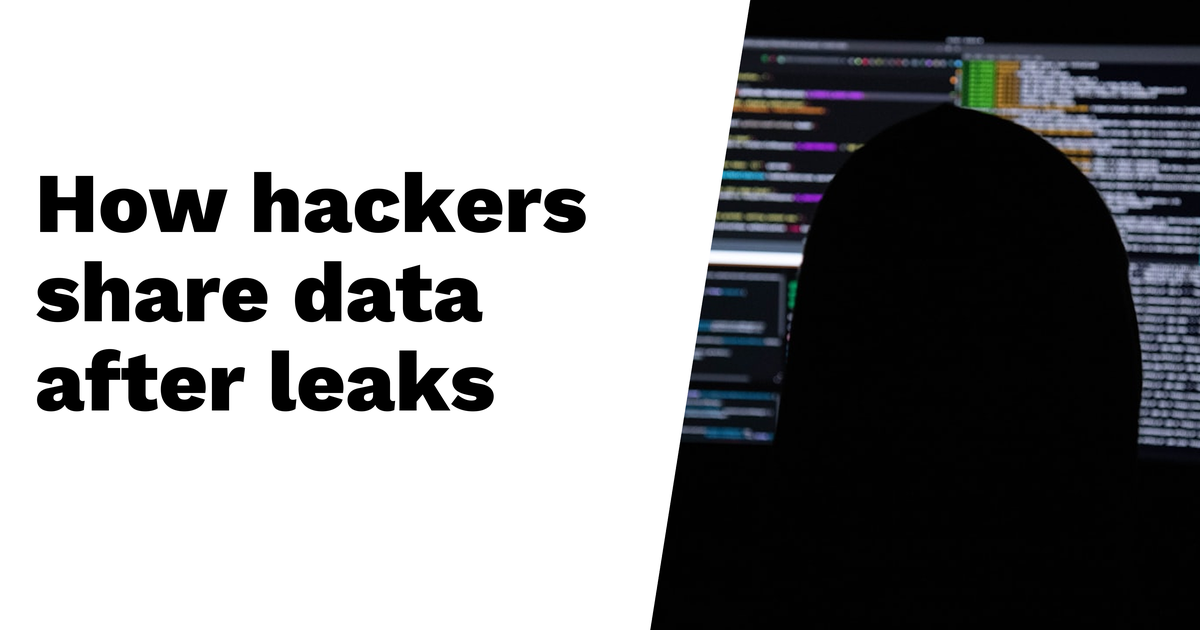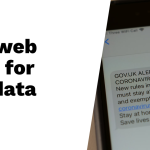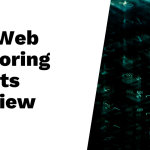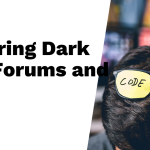Dark web leak sites serve as platforms where hackers distribute stolen data, enabling ransomware groups to leak sensitive information and negotiate ransoms. Once hackers breach an organization, they often threaten to publish the data unless a payment is made. If the ransom isn’t paid, data surfaces on these anonymous sites, accessible to other cybercriminals and sometimes the public. Reports show that in 2022 around 2,679 victims had their information posted online. Furthermore, older data breaches can resurface over time, posing ongoing threats to organizations. The ethics of publishing leaked data raises questions about potential encouragement of ransomware attacks versus transparency for public interest.
Table of Contents
- Understanding Dark Web Leak Sites
- How Hackers Distribute Stolen Data
- Trends in Dark Web Activity
- The Impact of Old Data Breaches
- Ethical Issues Surrounding Data Leaks
- Sources and Access to Dark Web Information
- Frequently Asked Questions
1. Understanding Dark Web Leak Sites
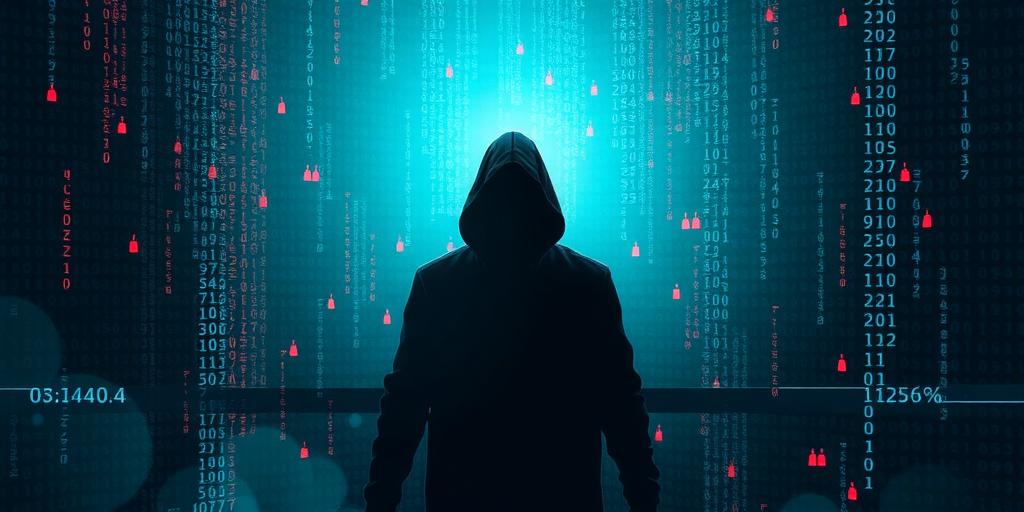
Dark web leak sites are crucial hubs for hackers, allowing them to upload stolen data while remaining anonymous. Access to these sites typically requires special browsers like Tor, which masks users’ identities. The types of data found on these platforms can be extremely sensitive, ranging from personal details to financial records and corporate secrets. To avoid detection, these sites often mimic legitimate websites, making it harder for authorities to track them down.
These leak sites can be classified into public and private forums. Public forums are open to anyone, while private ones require an invitation, creating an exclusive environment for buyers and sellers. Within these forums, discussions on stolen data take place, enabling hackers to negotiate prices for the information. Users can even leave comments or reviews about the quality of the data available, which helps to build a reputation system among buyers.
Some leak sites are affiliated with specific hacking groups, fostering a sense of brand loyalty among their clientele. The minimalist design of these sites emphasizes ease of access and navigation, ensuring that users can quickly find what they need. Additionally, to evade law enforcement, these sites frequently change their web addresses, allowing them to continue operations without interruption.
• Dark web leak sites allow hackers to upload stolen data anonymously.
• Access requires special browsers like Tor, ensuring user anonymity.
• These sites can host sensitive data such as personal information, financial records, and corporate secrets.
• The structure often mimics legitimate websites to avoid detection by authorities.
• They can be categorized into public and private forums, with private ones requiring invitations.
• Leak sites often have forums for discussions on stolen data, enabling hackers to negotiate prices.
• Users can leave comments or reviews about the quality of the stolen data.
• Some leak sites are controlled by specific hacking groups, reinforcing brand loyalty among buyers.
• The design of these sites is often minimalist, focusing on ease of access and navigation.
2. How Hackers Distribute Stolen Data
Hackers distribute stolen data through various methods after it has been acquired. Most commonly, data is stolen via phishing attacks, malware infections, or direct breaches of systems. Once the data is in their possession, hackers often create a sense of urgency for victims by threatening to leak sensitive information publicly if demands are not met. This tactic effectively pressures victims into compliance.
Once the stolen data is obtained, hackers categorize and tag the information to attract specific buyers, such as identity thieves or corporate spies. They may use auction systems to sell the data to the highest bidder, enhancing potential profits. To entice buyers, hackers often provide samples of the data, showcasing its value. Depending on market demand, they can offer the data in bulk or piecemeal, making it flexible for buyers with varying needs.
Collaboration among hackers is also common; they pool resources to maximize profits from stolen data. Distribution channels are diverse, including forums, chat rooms, and encrypted messaging apps, which allows them to reach a broader audience. Hackers may alter or relabel the data to increase its perceived value before resale, making it more attractive. Moreover, some hackers have adopted a ‘data as a service‘ model, permitting buyers to access stolen data for a subscription fee, thus creating a continuous revenue stream from illicit activities.
| Distribution Method | Description | Implications |
|---|---|---|
| Phishing | Hackers deceive victims into providing sensitive information. | Leads to unauthorized access and data theft. |
| Malware | Malicious software is used to infiltrate systems and extract data. | Can result in widespread system compromise. |
| Direct Breach | Hackers exploit vulnerabilities to gain access to systems. | Often bypasses traditional security measures. |
| Threatening Victims | Creating urgency by threatening public leaks. | Increases pressure on victims to comply with ransom demands. |
| Data Categorization | Hackers tag data to attract specific buyers. | Facilitates targeted sales in the dark web market. |
| Auction Systems | Data is sold to the highest bidder, often through auctions. | Maximizes profits for hackers based on demand. |
| Sample Data | Providing samples to entice buyers before purchase. | Encourages buyer confidence in the quality of stolen data. |
| Cross-Platform Listings | Stolen data is advertised across multiple forums. | Extends exposure and potential sales of the stolen data. |
| Data as a Service | Offering subscription access to stolen data. | Creates ongoing revenue streams for hackers. |
3. Trends in Dark Web Activity
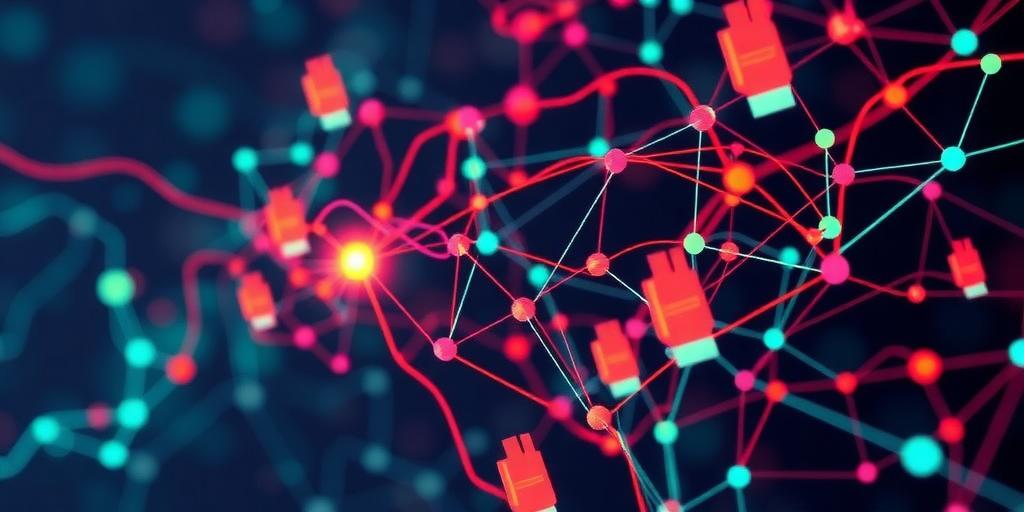
The landscape of dark web activity is rapidly evolving, driven by an increase in data breaches targeting a wider array of organizations. With the frequency of these breaches on the rise, hackers are now looking beyond large corporations, shifting their focus to smaller businesses that may lack robust security measures. Ransomware attacks have become more sophisticated, often employing double extortion tactics where hackers not only steal data but also threaten to leak it if a ransom isn’t paid.
Social media breaches are particularly noteworthy, as personal data from these platforms is increasingly being sold on dark web markets. Additionally, the healthcare sector has emerged as a prime target due to the high value of patient data, making it an attractive option for cybercriminals.
Emerging markets in developing countries are now being exploited more frequently, showing that this trend is not confined to just well-established economies. Hackers are also enhancing their methods, using social engineering tactics to gain unauthorized access to systems, further complicating the cybersecurity landscape.
The volume of leaked data is staggering, with both the size and frequency of breaches growing significantly. Moreover, data is often repackaged and resold multiple times, extending its lifecycle on the dark web and increasing the risk for affected organizations. Transactions are increasingly being conducted using cryptocurrencies, which offer enhanced anonymity for both buyers and sellers, further complicating efforts to combat these threats.
4. The Impact of Old Data Breaches
Old data breaches can create risks that linger long after the initial incident. Cybercriminals often exploit these older breaches for years, as many organizations fail to adequately secure their data after the fact. This means that sensitive information, like login credentials, can resurface and be used in targeted attacks, such as spear phishing, making it easier for hackers to trick individuals into revealing more personal information or access to accounts.
Organizations may not realize the extent of their exposure until it’s too late. An old breach could lead to identity theft, financial fraud, and significant reputational damage. Even if a breach appears to be in the past, the data associated with it can still be relevant. For example, if a hacker gets their hands on an old database of customer information, they might still find useful details that allow them to bypass security measures in place today.
Moreover, the dark web serves as a marketplace where this legacy data can be bought and sold, creating new opportunities for hackers to exploit. Many organizations are unaware of how many times their data has been sold on these marketplaces, which heightens their vulnerability. Consequently, there is a pressing need for continuous monitoring of dark web activities to mitigate risks stemming from old breaches. Effective data management and robust cybersecurity practices are essential to combat these ongoing threats.
5. Ethical Issues Surrounding Data Leaks
The release of leaked data from the dark web raises significant questions about privacy and consent. Some argue that exposing corporate wrongdoing serves the public interest, shedding light on unethical practices, while others view it as sheer exploitation that puts innocent lives at risk. The debate often centers on the ethics of transparency versus the potential harm to victims, which is a critical issue in the field of cybersecurity.
Journalists who report on leaked data often find themselves navigating murky ethical waters, as they balance the need for public awareness with the potential repercussions for individuals or organizations involved. For instance, employees or customers of a breached company may suffer unwarranted harm due to their association with the leaked information, despite being innocent parties in the situation.
Ransomware groups sometimes frame their actions within a moral context, claiming to expose the truth about corporate misdeeds. This claim, however, raises further ethical dilemmas about whether such actions truly serve the greater good or merely perpetuate a cycle of exploitation. The lasting impact of leaking sensitive information can be devastating, affecting lives and reputations long after the initial breach.
Ethical hacking, in contrast to criminal hacking, highlights the need for clear definitions and boundaries in this complex landscape. The cybersecurity community grapples with the consequences of data exposure, weighing the benefits of transparency against the potential harm it can cause. As discussions around responsible disclosure gain traction, it becomes increasingly important to consider the ethical implications of data leaks and the responsibilities of those who share and report on this information.
6. Sources and Access to Dark Web Information
Key sources of information about the dark web include cybersecurity firms that keep a close watch on dark web activities. These firms regularly publish research papers and reports that highlight trends and patterns in dark web usage, offering valuable insights into hacker methods and data distribution strategies. Online forums and community discussions are also rich with information, as they often reveal how hackers share techniques and tools.
Law enforcement agencies contribute by publishing data on cybercrime trends, which helps raise public awareness about the risks associated with the dark web. Additionally, social media and tech blogs frequently report on significant dark web incidents, shedding light on the evolving landscape of cyber threats.
Accessing dark web information typically requires specialized tools and knowledge, such as the Tor browser, which allows users to browse anonymously. Some platforms offer services that help organizations track compromised data on the dark web, providing a layer of protection against potential breaches. Subscription-based services deliver detailed reports on dark web activities, ensuring that businesses stay informed about the latest threats.
Regular updates from cybersecurity companies are crucial, as they help organizations adapt to the ever-changing dark web landscape. Researchers must remain vigilant, as the dark web is constantly evolving, and old data breaches can resurface, creating ongoing risks that demand attention.
Frequently Asked Questions
What is the dark web and how does it relate to hackers?
The dark web is a part of the internet that isn’t indexed by regular search engines, making it harder to access. Hackers often use it to share stolen information or illegal activities without being easily traced.
How do hackers share data after a leak on the dark web?
After a data leak, hackers can share the information through forums, private chats, or even via encrypted email. These methods help them stay anonymous and protect their identities.
What types of data do hackers typically distribute on the dark web?
Hackers usually distribute sensitive information, like personal details, credit card numbers, login credentials, and even corporate data, all of which can be used for various malicious purposes.
Why do hackers use the dark web instead of the regular internet?
The dark web offers more privacy and less risk of law enforcement intervention. This makes it an attractive option for hackers wanting to avoid detection while conducting illegal activities.
Can victims recover their data after it has been leaked on the dark web?
Recovering data after a leak can be challenging. Victims may take steps to improve security, change passwords, or monitor accounts for suspicious activity, but fully recovering the leaked data is often difficult.
TL;DR Dark web leak sites are platforms where hackers distribute stolen data, often as ransom leverage. This data is typically exposed across various forums, extending the risk for organizations. Recent trends show increased activity, especially in vulnerable sectors like manufacturing. Old data breaches continue to resurface, highlighting ongoing risks. Ethical considerations arise as some groups publish leaked data for public interest while potentially encouraging criminal behavior. Organizations must remain vigilant and monitor dark web activities to mitigate these risks.

